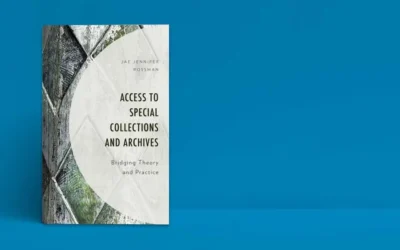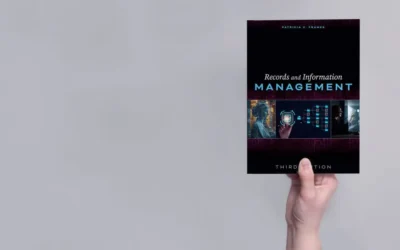Special Libraries & Gagne’s Nine Events of Instruction
Lauren Hays
If you are like me, you are always wondering what you can do to make your instruction more enjoyable and effective. Too often it can feel like those in your instruction session are only tolerating being in attendance (I hope I am not alone in this!).
Gagne’s Nine Events of Instruction is something I remember reading about years ago, and to which I was recently reintroduced. It is a series of events that occur to create the necessary mental conditions for learning. The events can be used for class planning to help get your students in the correct mental state for learning.
The nine events are:
- Gain attention
- Inform learners of objectives
- Stimulate recall of prior learning
- Present the content
- Provide “learning guidance”
- Elicit performance
- Provide feedback
- Assess performance
- Enhance retention and transfer to the job (Gagné, 1985).
Application
So what does it look like to apply the nine events?
- Gain attention: To gain the attention of participants you can tell a story, ask thought-provoking questions, create an ice breaker activity, show a short video, read a current news story, or something else. The purpose of this first event is to stimulate curiosity in your learners. In libraries, this can be done by telling a story about information ethics, open access, discussing the filter bubble, or something else that will lead to interest.
- Inform learners of objectives: This event is straightforward. You should share the learning objectives for the session. What should the participants expect to learn over the course of the class? For suggestions of how to write objectives review this previous post.
- Stimulate recall of prior learning: After learners know what they will be learning take time to connect that content to something they already know. This can be something you taught in a previous session, something they do in their everyday job responsibilities, or something they learned during a previous period of education (i.e. K-12, undergraduate). I try to be explicit in how the information from the session I am teaching connects to previous learning. For example, if I am teaching about open access, I ask how many students have used the library to obtain journal articles from a database, or I ask how many students have searched for a journal article online only to be stopped by a paywall. Then, I make the connection to how open access is different. They all have experience with closed access sources.
- Present the content: After you have gone through the first three events, your learners are ready to be presented with new content. The presentation can be in the form of a lecture, video, active learning activity, or something else. The specific delivery method is not as important in this model as the time in which the presentation occurs.
In my next post I will dive into the final five events of Gagne’s Nine Events of Instruction. Stay tuned!
References
Gagné, R. M. (1985). The conditions of learning and theory of instruction (4th ed.). New York, NY: Holt, Rinehart & Winston.
Lauren Hays
Lauren Hays, PhD, is an Assistant Professor of Instructional Technology at the University of Central Missouri. Please read her other posts about skills for special librarians. And take a look at Lucidea’s powerful integrated library systems, SydneyEnterprise, and GeniePlus, used daily by innovative special librarians in libraries of all sizes and budgets.
Similar Posts
Texas Archive of the Moving Image: Interview with the Digital Archivist
I recently interviewed Grace Muñoz about her work at the Texas Archive of the Moving Image. Her work on improving the discoverability of the multimedia collection is fascinating.
Interview with Author and Librarian Dr. Jae Rossman on Special Collections and Archives
Dr. Jae Rossman wrote Access to Special Collections and Archives, available now from Rowman and Littlefield. The book is an excellent resource for special librarians who work with special collections and archival materials.
Interview with the Author: Dr. Patricia Franks on Records and Information Management
Dr. Patricia Franks is the author of Records and Information Management, now with an upcoming third edition to be published by ALA Neal-Shuman in the spring of 2025. My interview with her follows.
Are There Drawbacks to Using GenAI for Research?
Researchers must take responsibility for understanding how GenAI works and closely review literature search results before relying on them. Let’s take a look at three major drawbacks for researchers and special librarians to consider when leveraging or recommending GenAI platforms.




Leave a Comment
Comments are reviewed and must adhere to our comments policy.
0 Comments